During Cambodia's wet season, the Tonle Sap Lake floods, big time. Constant rain fill the streets and the water eventually rises up to the tree tops which happens to be at the same level as the ground floors of these raised homes. The only way to get around and stay dry is by boat .
This village left an impression on me because it seemed so inconvenient. Need to borrow some spices from your neighbor? Get in a boat. Forgot rice at the market? Get in a boat. Have to use the bathroom? Get in a boat.
My first reaction was "Why would anyone choose to live on water when they could live on land"? But then I think about my own home. If the roles were reversed and one of these water villagers visited Boston in the winter, they would probably have a similar reaction "Why would anyone choose to live in all this snow? It's so inconvenient and dangerous!". Humans are incredibly adaptable and manage to make a comfortable home in the most extreme conditions.
Below are a few of my favorite pictures of daily life on water. You can read more about our adventure to Kompong Phluk here.

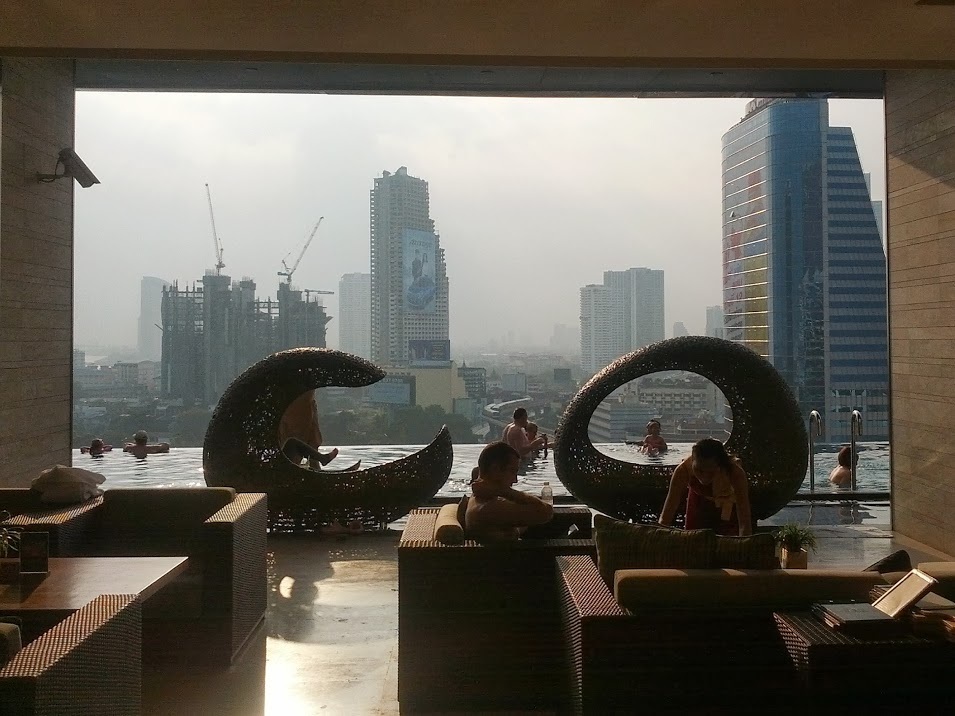
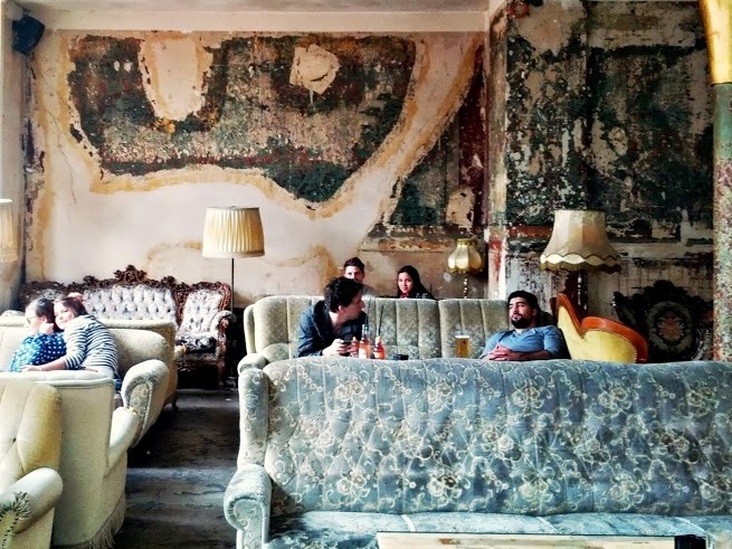
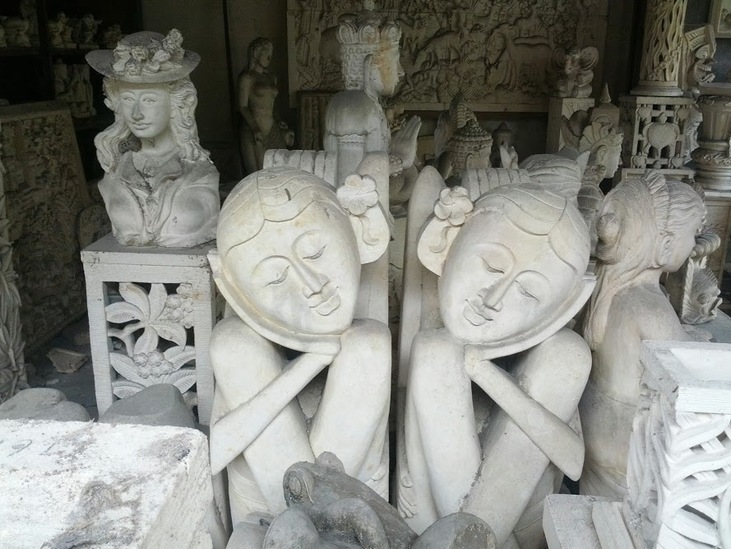
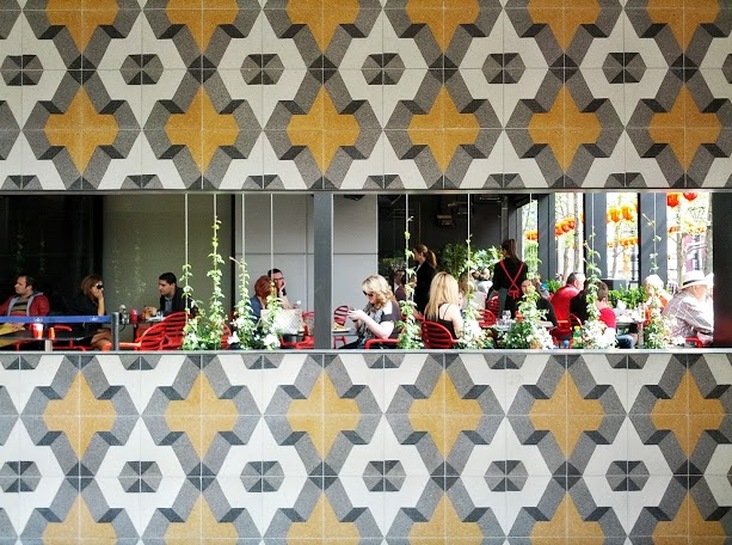
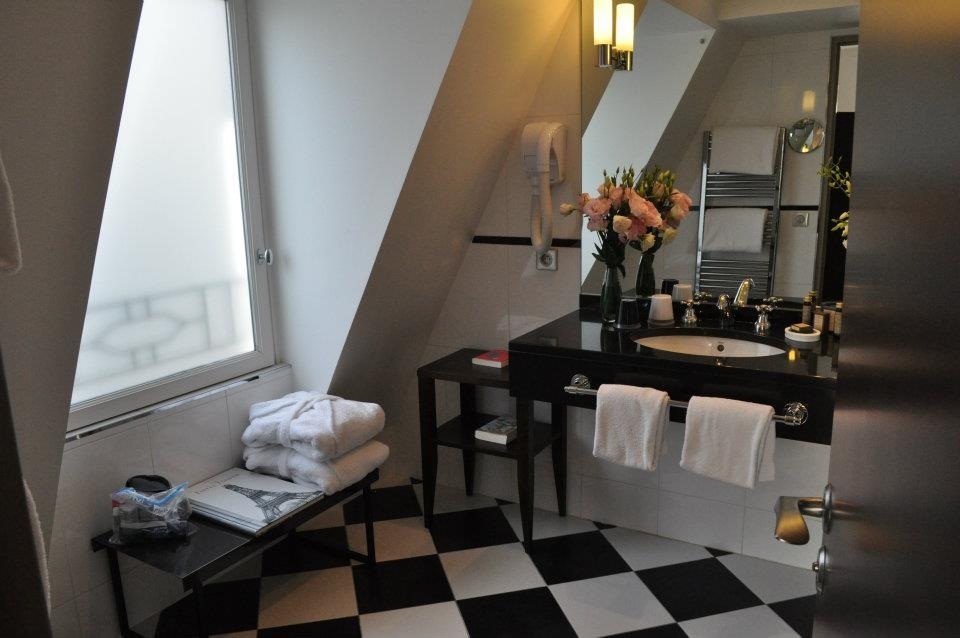
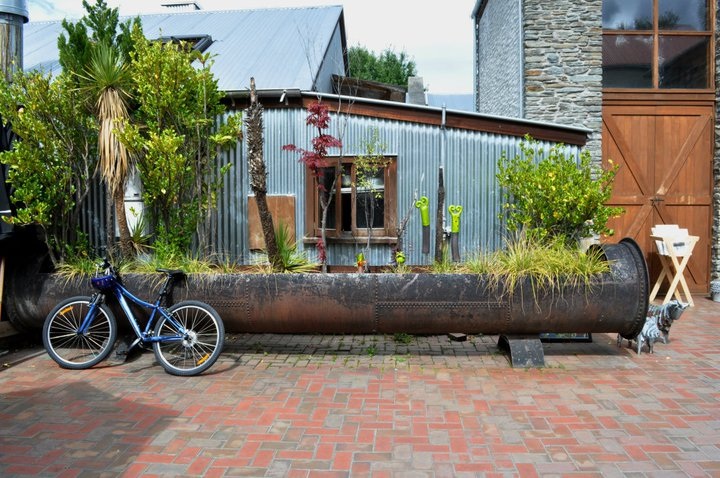
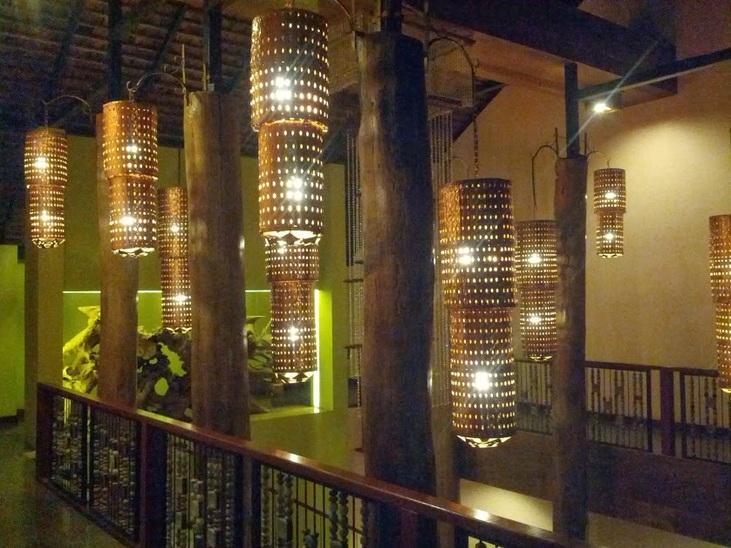
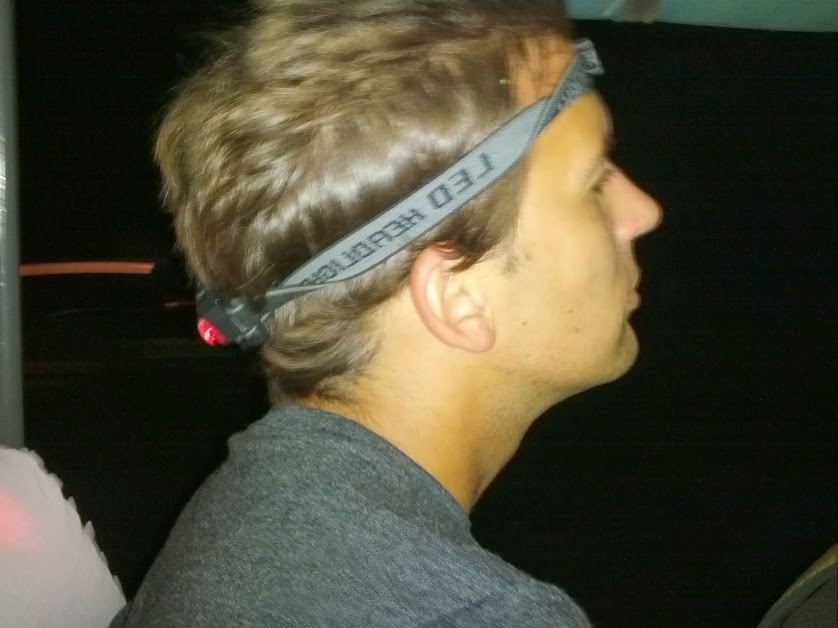
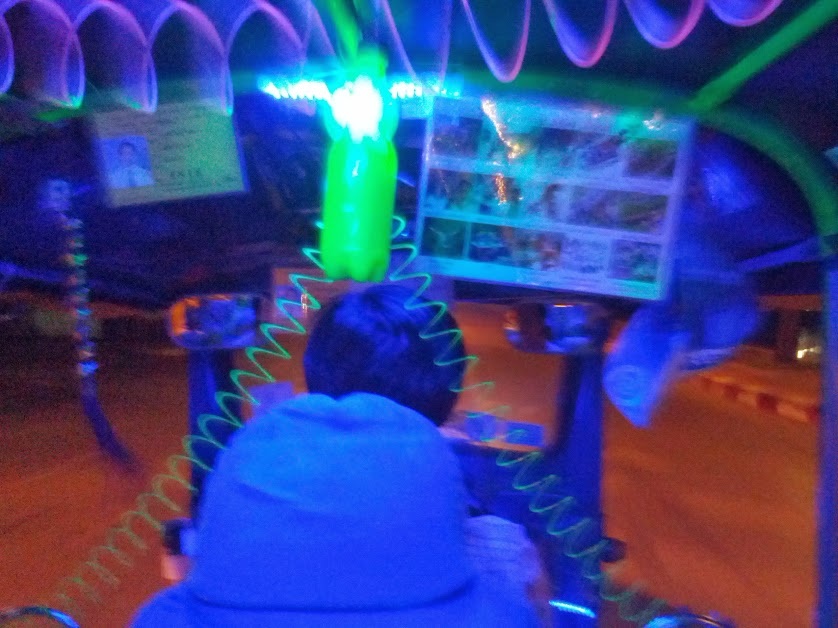
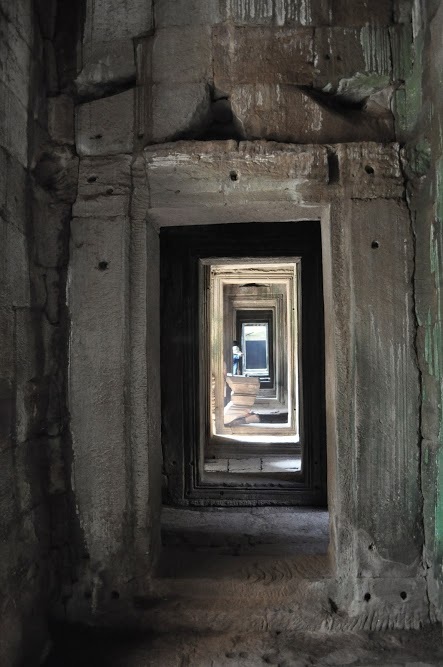
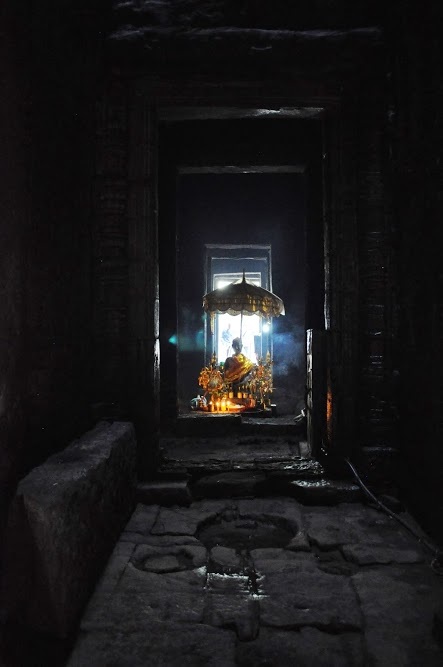
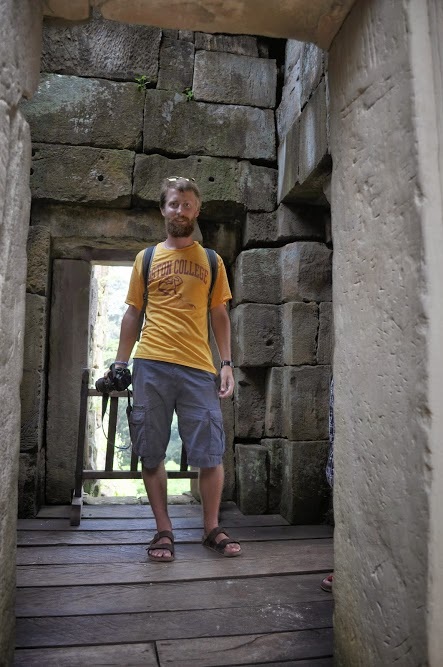
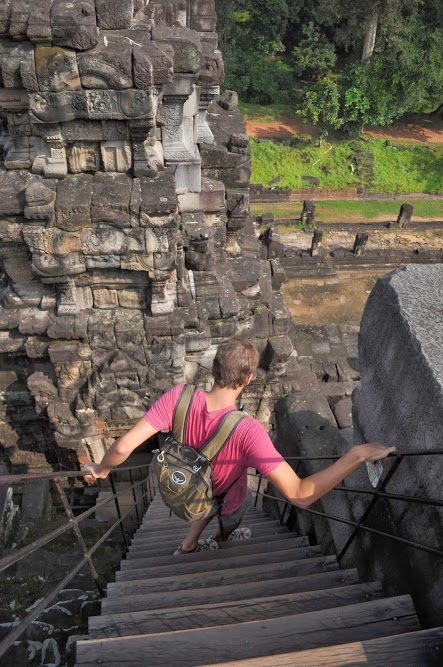
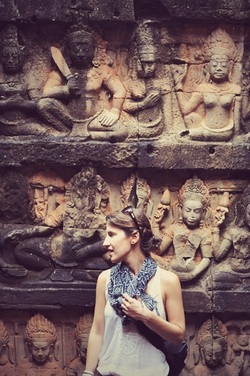
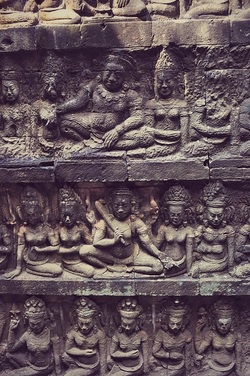
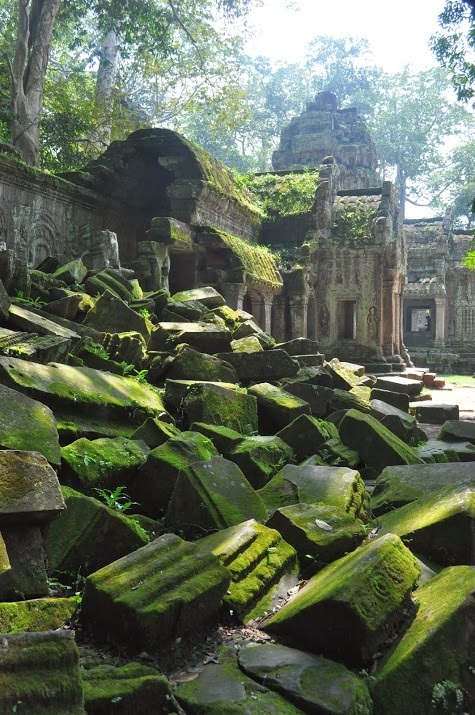
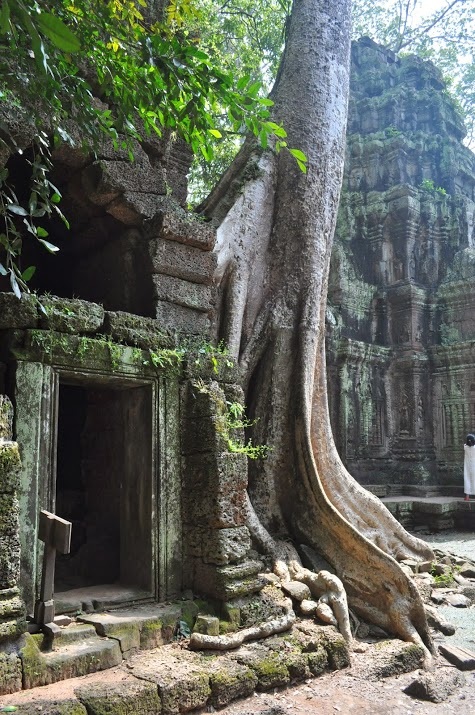
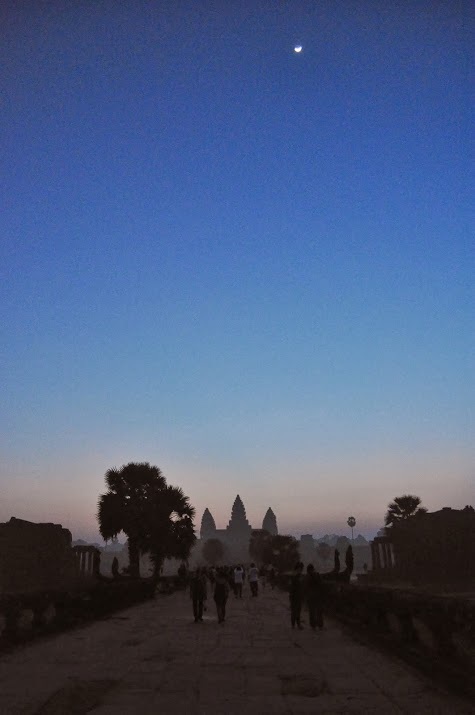
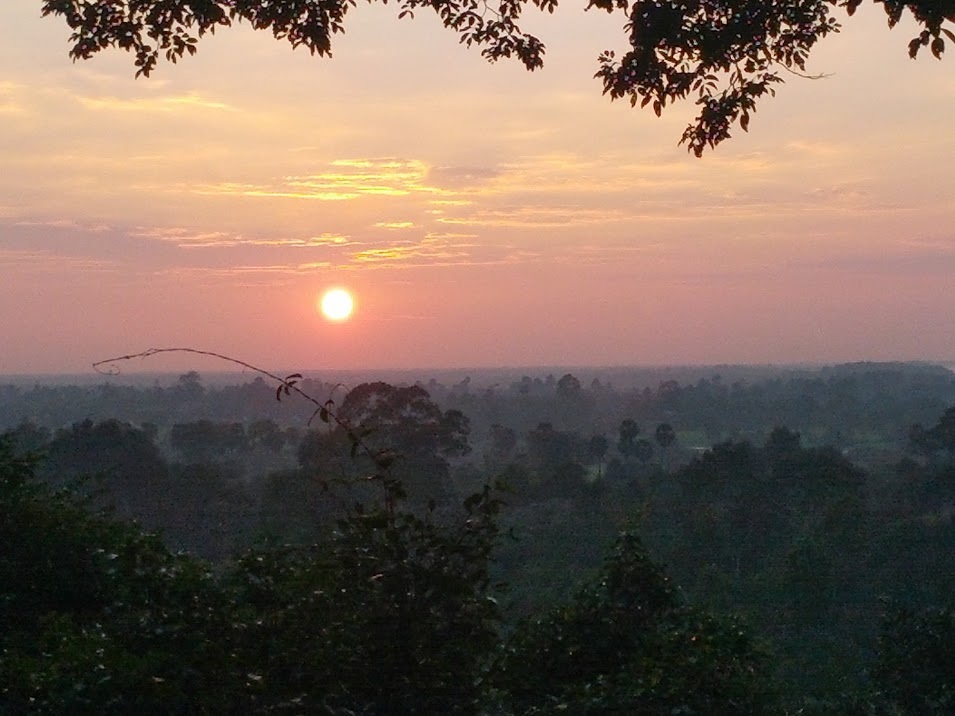
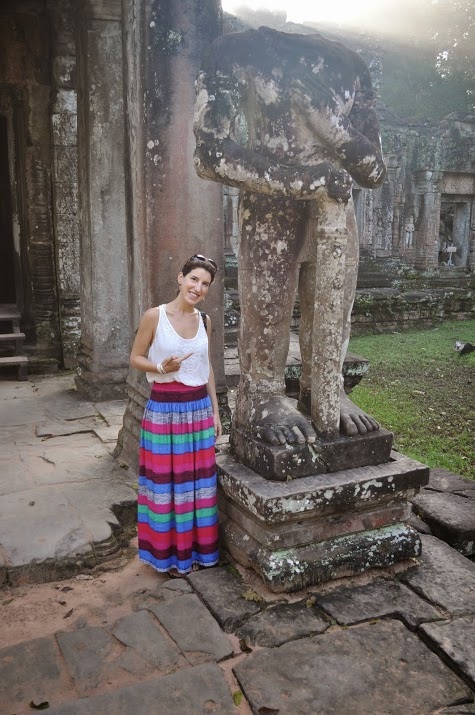

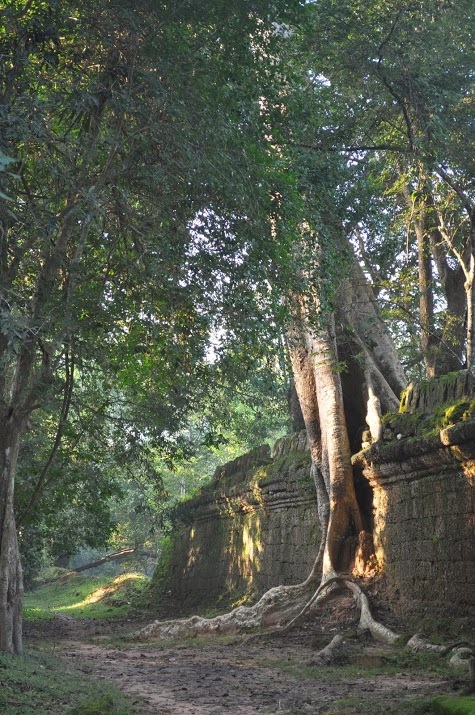
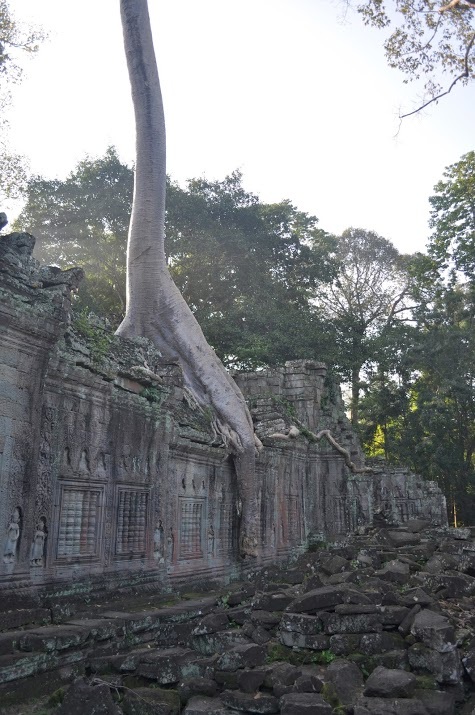
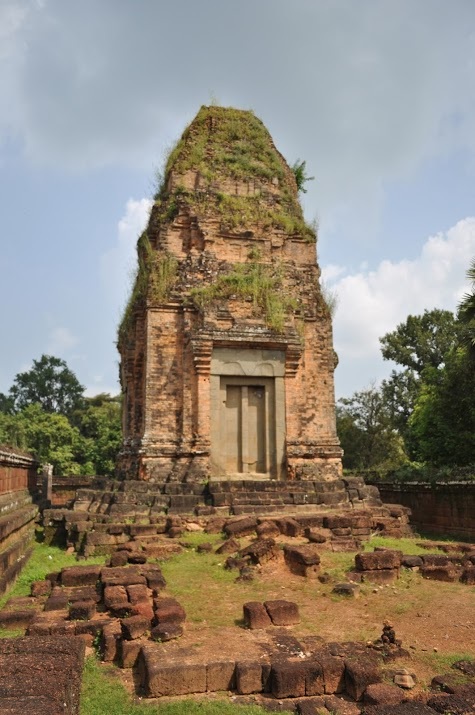
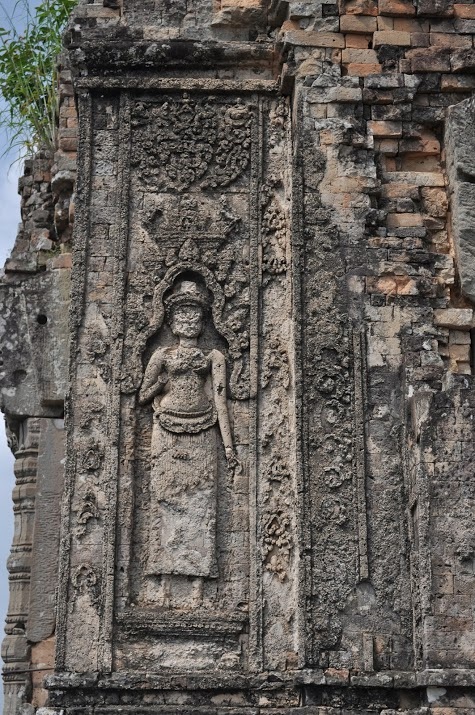
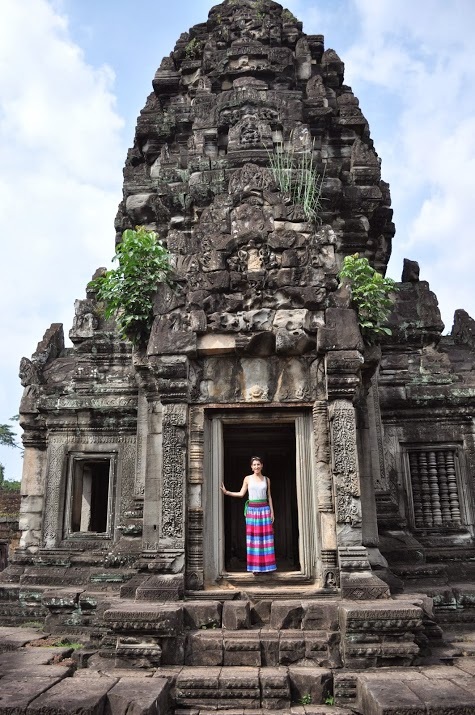
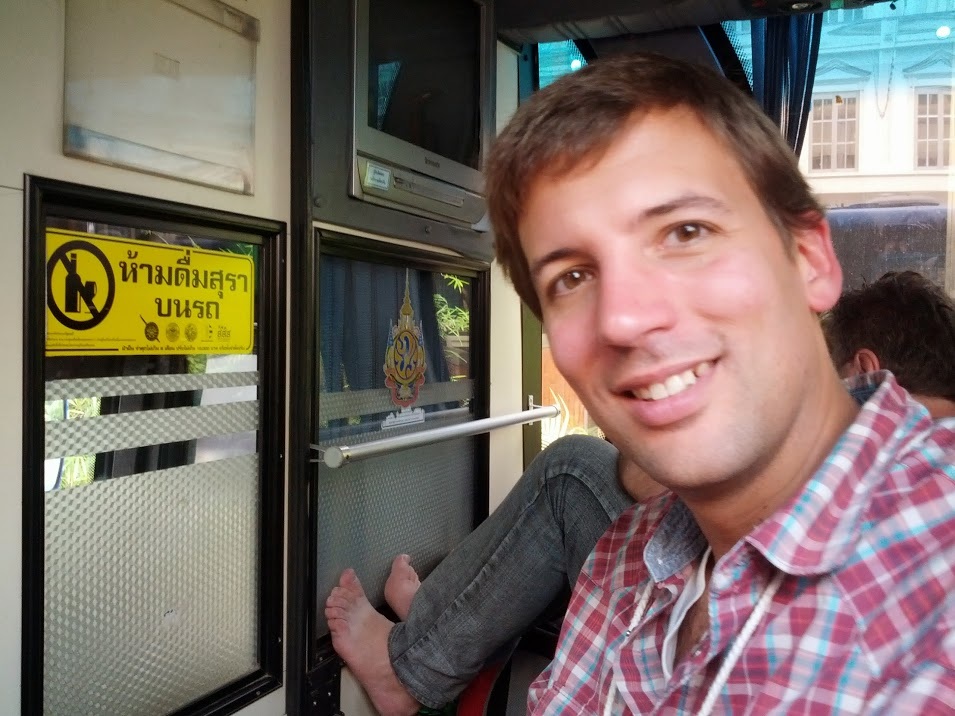
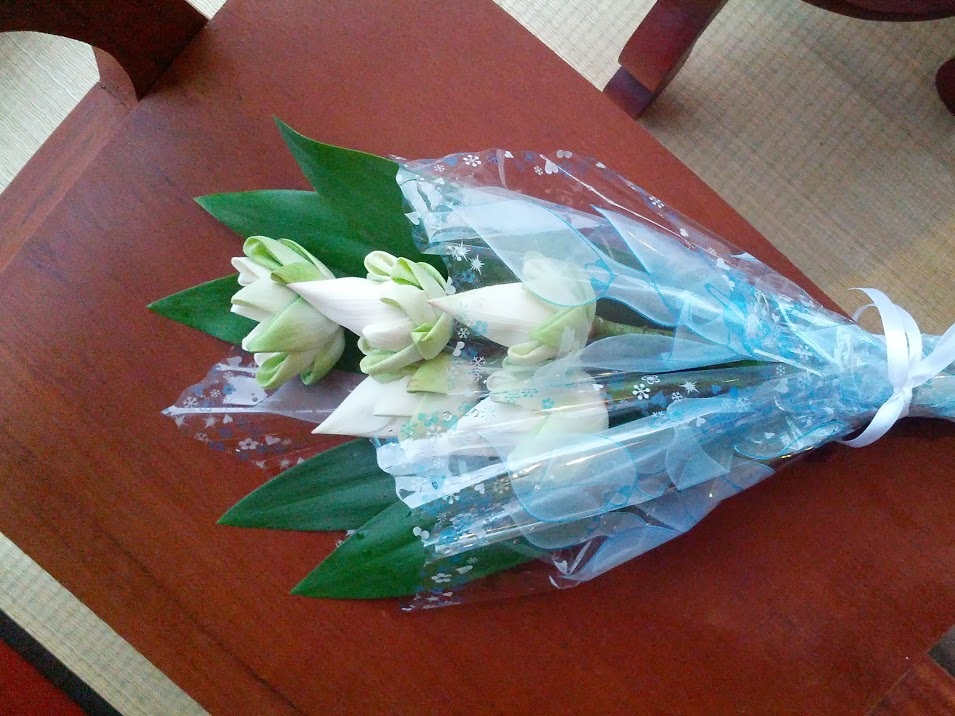
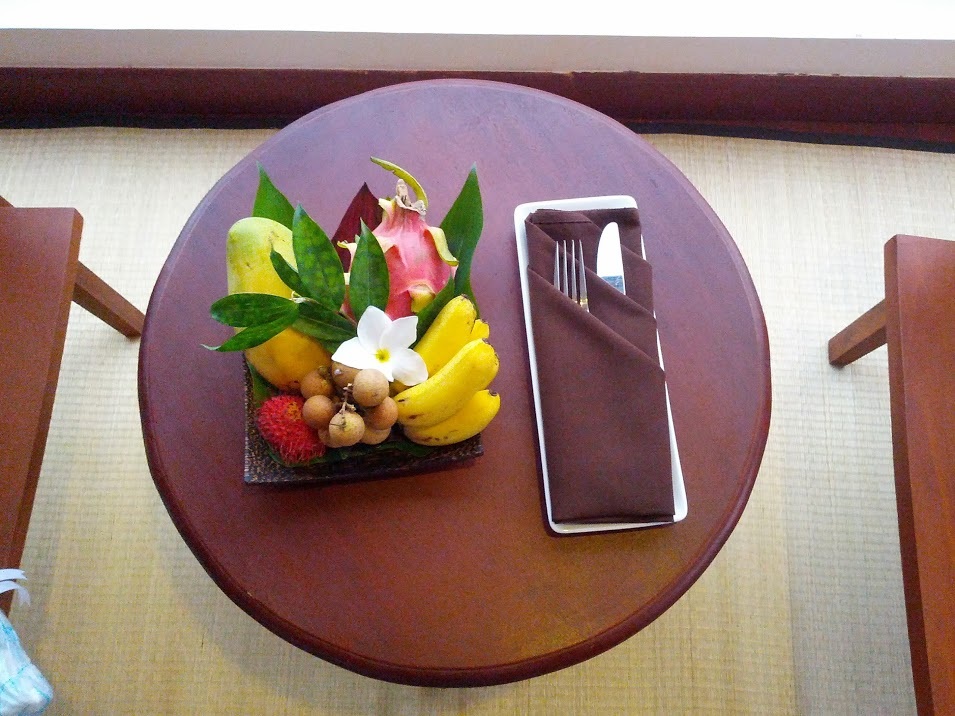
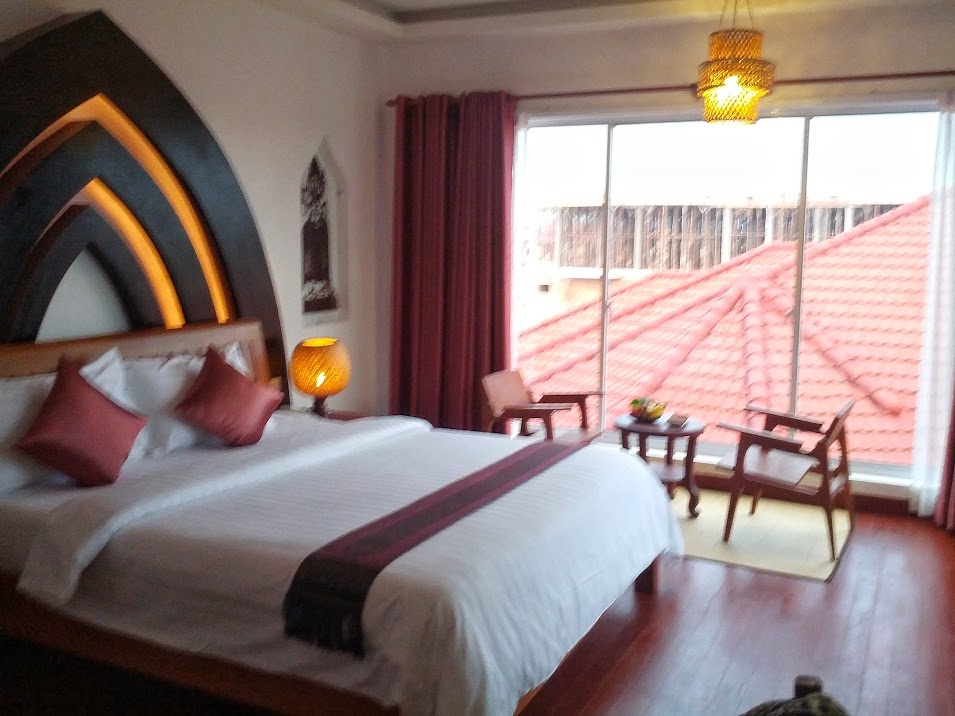
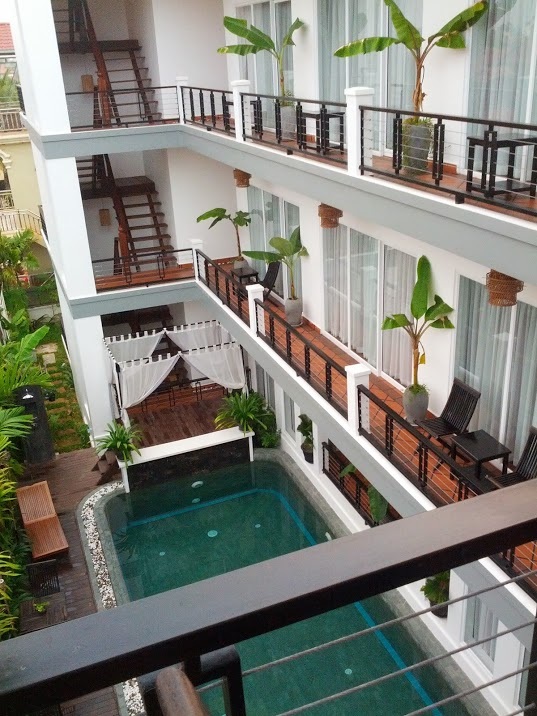
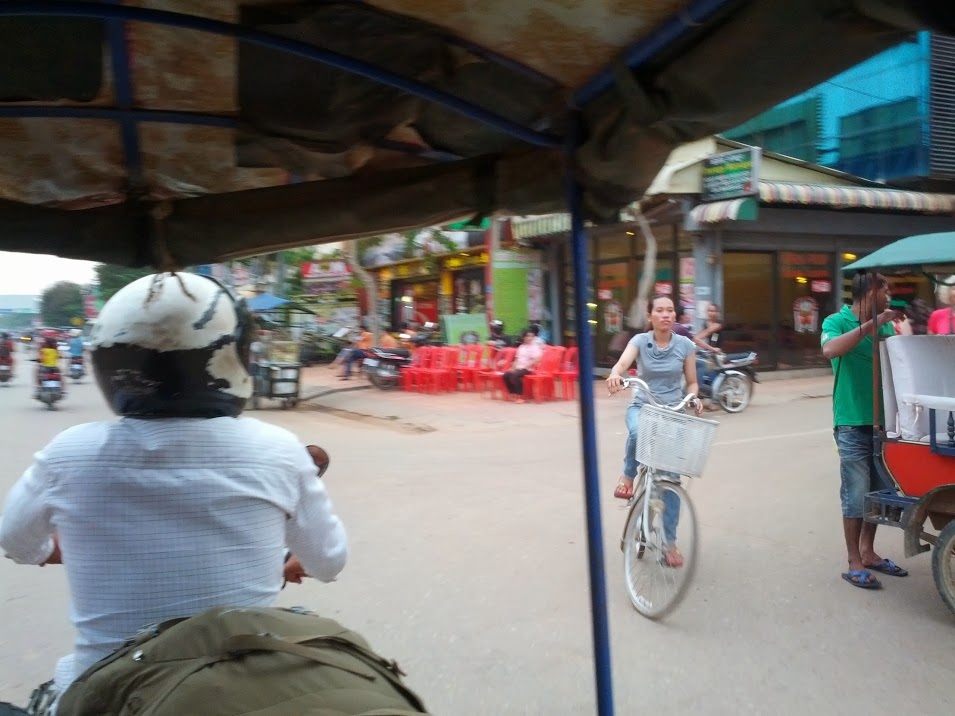

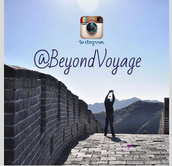
 RSS Feed
RSS Feed
